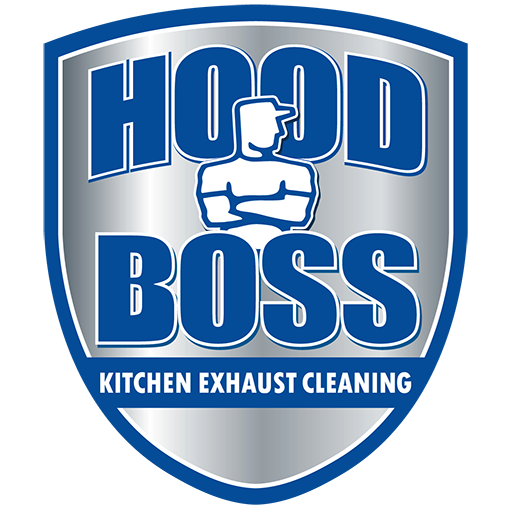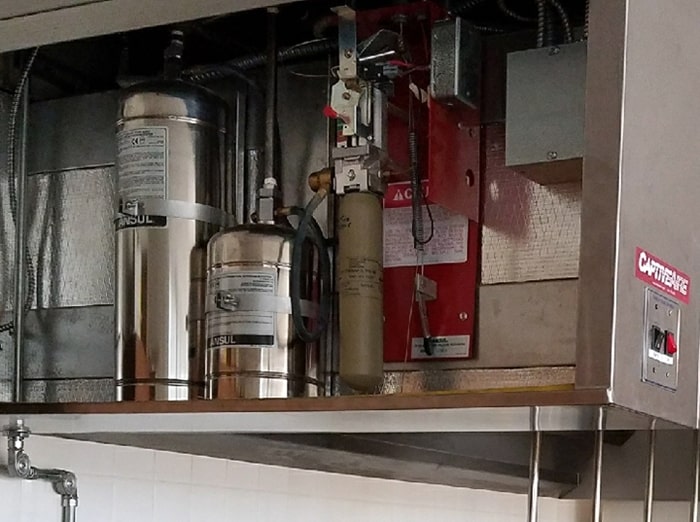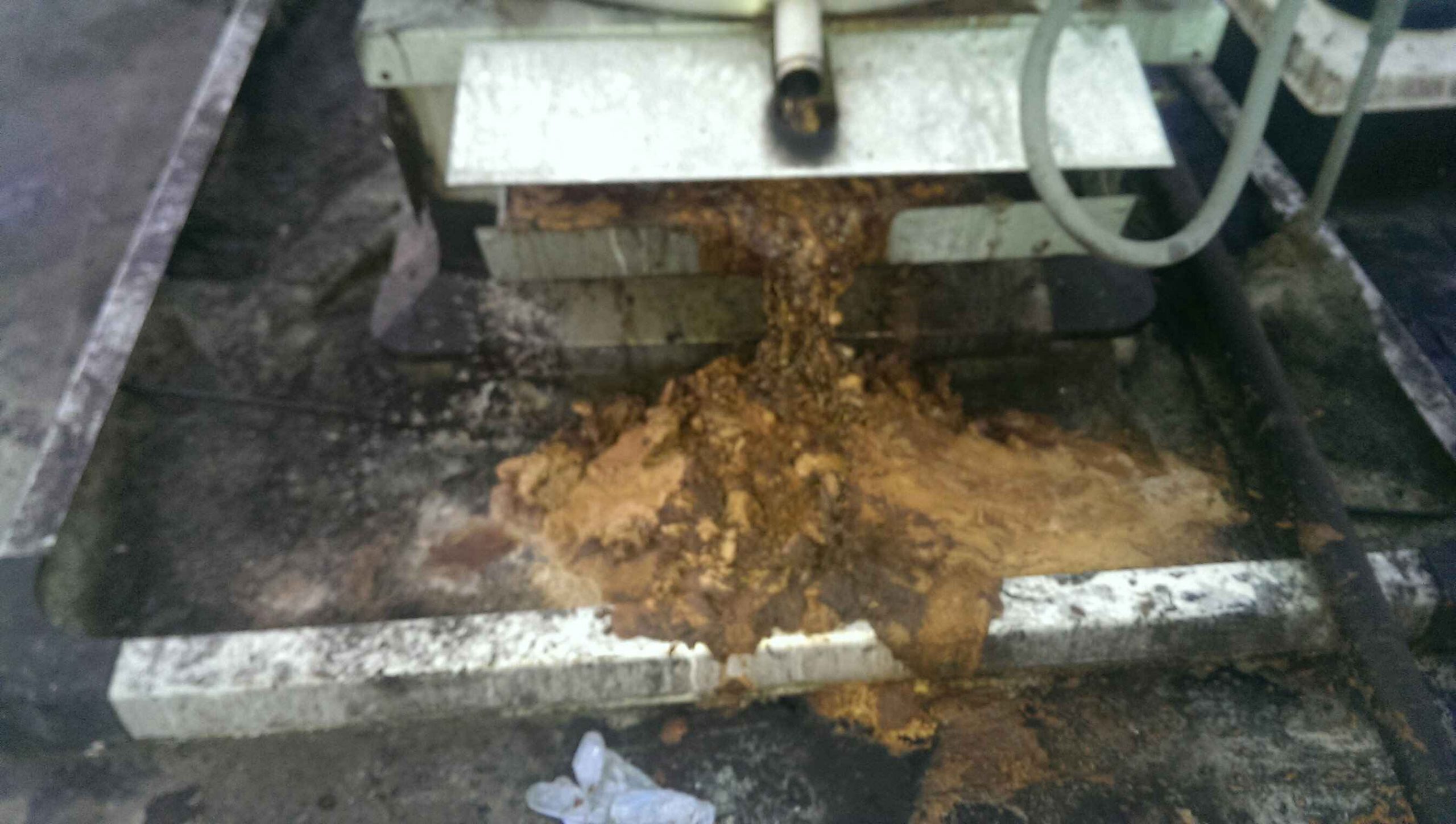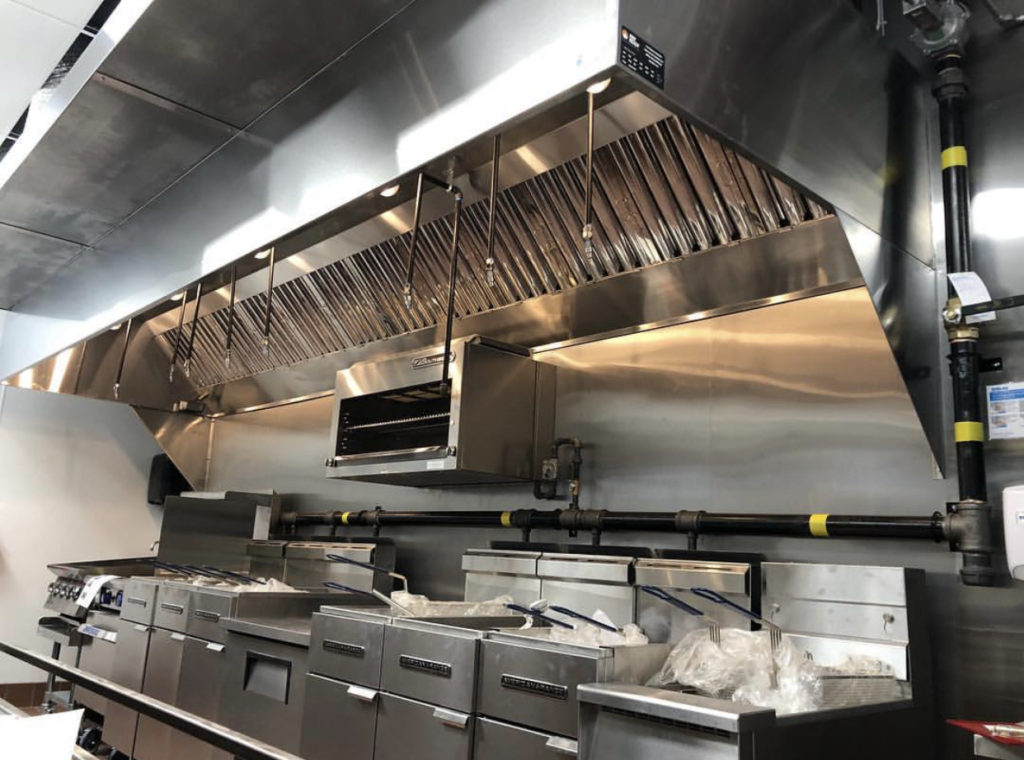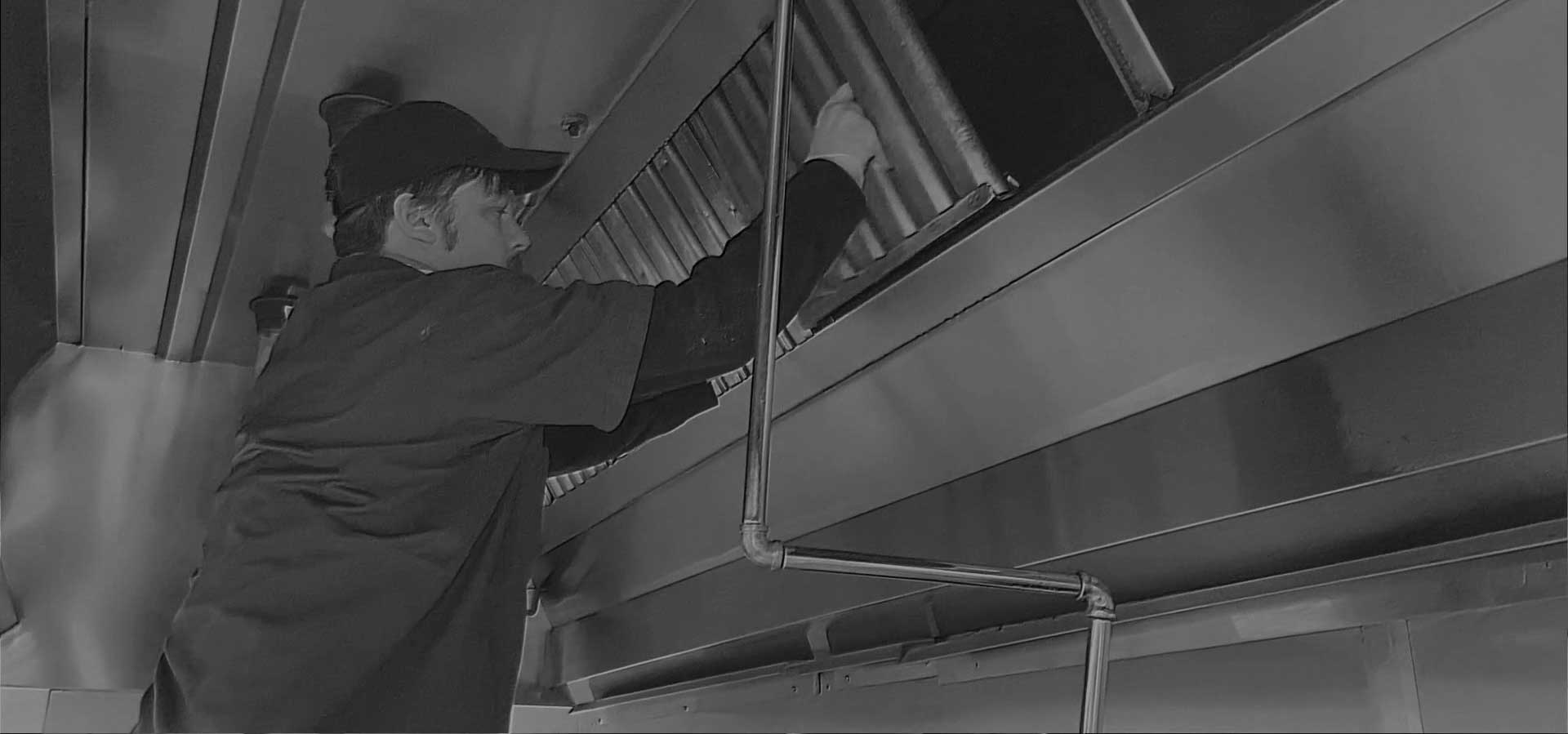The Ansul R – 102 restaurant fire suppression system is a pre-engineered, wet chemical, cartridge-operated, regulated pressure type with a fixed nozzle agent distribution network. The system is capable of automatic detection and actuation as well as remote manual actuation. Additional equipment is available for building fire alarm panel connections, electrical shutdown and/or interface, and mechanical or electrical gas line shut-off applications.
Regulated Release System
- 1. Pull Station – Wire that is ran from the Pull Station to the regulated release. In the event of a fire, if the use of the detection line does not trigger release of the chemical agent, the remote pull station would need to be pulled to activate the system. Please note that when pulling the remote pull station handle, the wire can have up to 12” of slack. Make sure to pull until the system triggers.
- 2. Detection line – Starts directly behind the micro – switch and runs to the associated hoods connecting to each fusible link in the system. The Detection line is set with a tension bar and spring for means of automatic activation for the wet chemical system. There should be a Minimum 1/4- inch to maximum 3/8-inch clearance from the hammer to the hammer base. In the event of a fire, your fusible link will melt, triggering the hammer to drop, releasing the chemical agent to extinguish the fire.
- 3. Gas valve – Wire that comes down on the right side of the micro – switch into the air plunger. The line is installed with hand tight tension and set off by the compressed air released by the cartridge. This shuts off all gas under the vent hood when the regulated release is triggered. Eliminating a potential source of fuel if there is a fire.
- 4. Micro Switch – The Micro Switch ties into the electrical breaker to shut off all electrical supply under the associated vent hoods and fresh air makeup. This small device plays an important role in the system by eliminating any additional fuel to the fire. Once triggered this device also sets off fire alarm system to notify the fire department for notification to respond.
- 5. Cartridges – Ties into the regulated release and is made to puncture the seal of the cartridge upon actuation and fill bottles with compressed air and send chemical through system piping. Cartridges must be changed out or hydro – tested every twelve years by DOT specifications. This should be inspected and kept up with by your Fire Suppression Inspection Company.
- 6. Actuator – Regulates compressed air that runs through the control head in the event of a fire. Hoses distribute the compressed air from the actuator to the bottles. The compressed air then pressurizes the bottles containing the wet chemical agent. This helps regulate the follow of the wet agent through the system for proper discharge.
- 7. Bottles – Contain the chemical agent that flows through the wet chemical piping in the event of a fire. Its pushed through the piping by the compressed air that is release by the cartridges through the actuator and hoses. Bottles must be hydro – static tested every 12 years.
